In today's fast-paced, tech-heavy world, poor posture is becoming a common issue. From slouching over laptops to craning our necks at phone screens, many of us find ourselves battling back pain, rounded shoulders, and misaligned spines. As a result, posture correction has become a trending topic in health and fitness. Among the many tools marketed as a fix, waist trainers have gained popularity — not only for body shaping but also for their supposed ability to improve posture. But is this claim grounded in truth? Do waist trainers actually help with posture, or is it just another fitness myth?
Let's break it down.
What Is a Waist Trainer?
A waist trainer is a compression garment designed to be worn tightly around the midsection. Made of thick fabric and sometimes reinforced with steel boning, waist trainers are intended to slim the waist instantly and — according to some — shape the body over time with consistent use.
Modern waist trainers come in various forms, from corset-style models to stretchy neoprene belts marketed for workouts. They're often used for aesthetic purposes, post-pregnancy support, or even worn under clothes to create a sleeker figure. But more recently, people have started using them for a different reason: posture improvement.
How Might a Waist Trainer Affect Posture?
The idea that waist trainers help with posture isn't entirely without merit. Here's why:
- Back Support: Waist trainers provide firm compression around the torso, which can help stabilize the lower back and encourage a straighter spine, especially when standing or walking.
- Core Awareness: Wearing a waist trainer makes you more aware of your core and posture. The restriction may serve as a constant reminder to sit or stand tall, which can lead to short-term improvements in posture.
- Limiting Movement: Because waist trainers restrict certain movements — like slouching forward or excessive bending — they can "force" your body into a more upright position. This makes it harder to hunch over or collapse your spine when you're wearing one.
So, yes, wearing a waist trainer can temporarily help you appear to have better posture. But the keyword here is temporarily.
What Do Experts Say?
Medical and fitness professionals have mixed opinions about using waist trainers for posture.
Physical Therapists warn that while a waist trainer may provide short-term support, it can weaken core muscles over time. Since the garment does much of the work for your body, your muscles may become dependent on it, reducing their natural strength and endurance.
Chiropractors point out that although waist trainers can offer postural support, they don't correct the underlying imbalances or misalignments that cause poor posture in the first place.
Fitness Coaches often emphasize the importance of building muscle, particularly in the core, back, and glutes, to support posture naturally. Using a waist trainer might offer a temporary boost, but it doesn't replace the benefits of strength training and mobility work.
Most experts agree that waist trainers should not be used as a long-term solution for posture problems. At best, they are a temporary aid — like a reminder, not a fix.
What Does the Research Say?
Scientific research specifically on waist trainers and posture is limited, but there are some relevant insights:
- A few small-scale surveys and user-reported studies indicate that people feel more upright and confident when wearing waist trainers. However, these feelings often fade once the trainer is removed.
- A study on external bracing for posture (such as back braces or lumbar belts) found that while external support can reduce back strain in the short term, over-reliance leads to muscle deconditioning and worsens posture in the long run.
- Anecdotal reports highlight mixed experiences. Some users claim waist trainers helped them sit straighter at their desk jobs, while others experienced discomfort, shallow breathing, or digestive issues from prolonged use.
Waist Trainers vs. Other Posture Tools
Waist trainers aren't the only tools marketed for posture improvement. Here's how they compare to other options:
- Posture Correctors: These devices are worn on the upper back and shoulders. They're specifically designed to align the spine and pull the shoulders back — a more targeted approach than waist trainers.
- Core Training: Exercises that strengthen the core, such as planks, bird-dogs, and Pilates routines, help build the muscle foundation needed to maintain good posture naturally and sustainably.
- Yoga and Mobility Work: Flexibility and awareness play a big role in posture. Regular yoga practice can lengthen tight muscles, improve alignment, and enhance postural control.
Compared to these methods, waist trainers are more superficial and less effective over the long term.
So, Do Waist Trainers Help with Posture?
Here's the bottom line:
Yes — but only in the short term.
Wearing a waist trainer can make you more aware of your posture and offer temporary support that prevents slouching. It might help you look more upright and feel more aligned while you wear it.
No — if you're looking for a long-term solution.
Relying on a waist trainer won't strengthen your postural muscles, correct spinal alignment, or address the habits that cause poor posture in the first place. In fact, overuse may weaken your core and create new problems.
Tips for Safe and Effective Use
If you're still interested in trying a waist trainer as a posture aid, here are a few safety tips:
- Use it in moderation: Limit wear to 1–2 hours per day, especially if you're new to waist training.
- Avoid wearing it during meals or while sleeping.
- Listen to your body: If you feel discomfort, shortness of breath, or numbness, remove it immediately.
- Pair it with exercise: Use the waist trainer as a complement to — not a substitute for — core and back strengthening routines.
Final Thoughts
Waist trainers might give your posture a temporary boost, especially when you're trying to sit straighter at your desk or look more poised in a social setting. But for real, lasting improvements in posture, there's no substitute for building strong muscles and practicing mindful movement.
Rather than relying solely on a waist trainer, aim for a well-rounded approach: combine core exercises, stretch regularly, and stay aware of your posture throughout the day. A posture that comes from strength, not restriction, is always the most sustainable — and the most confident-looking.

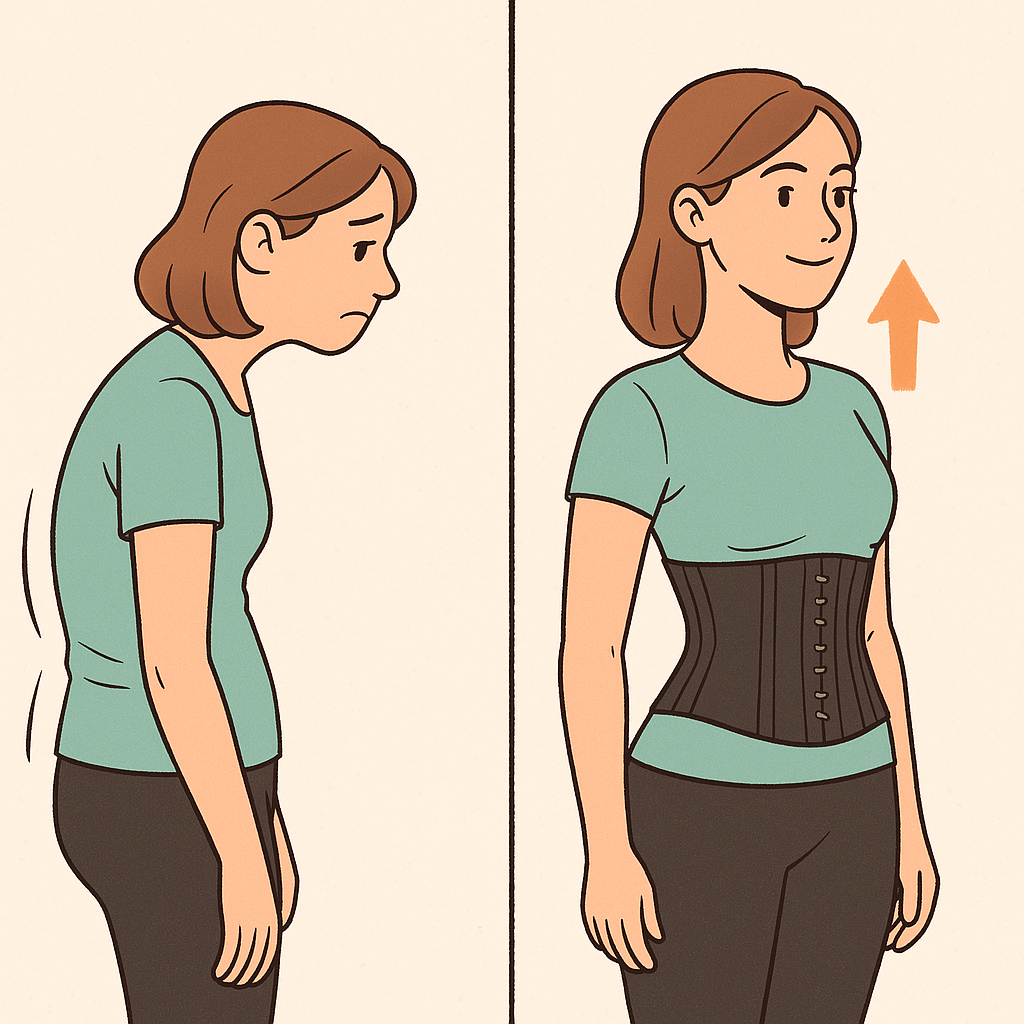

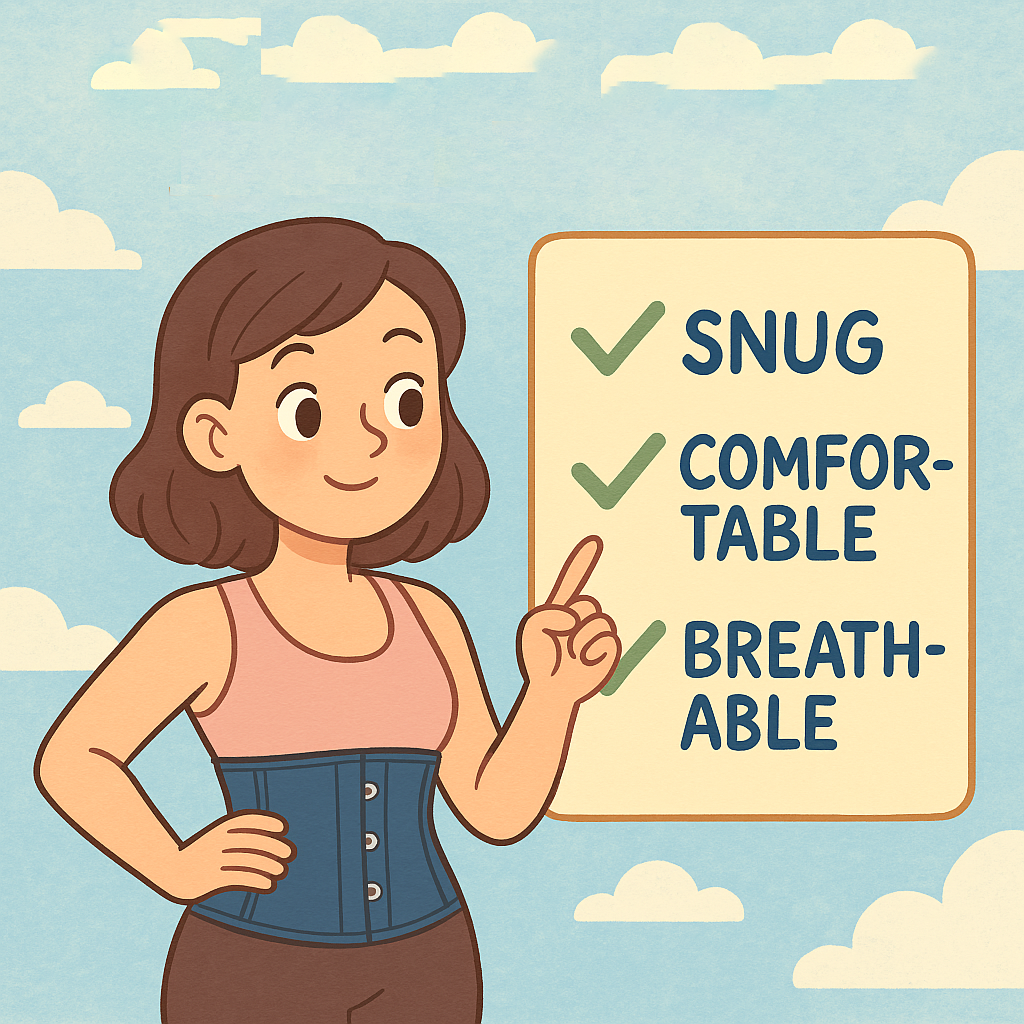
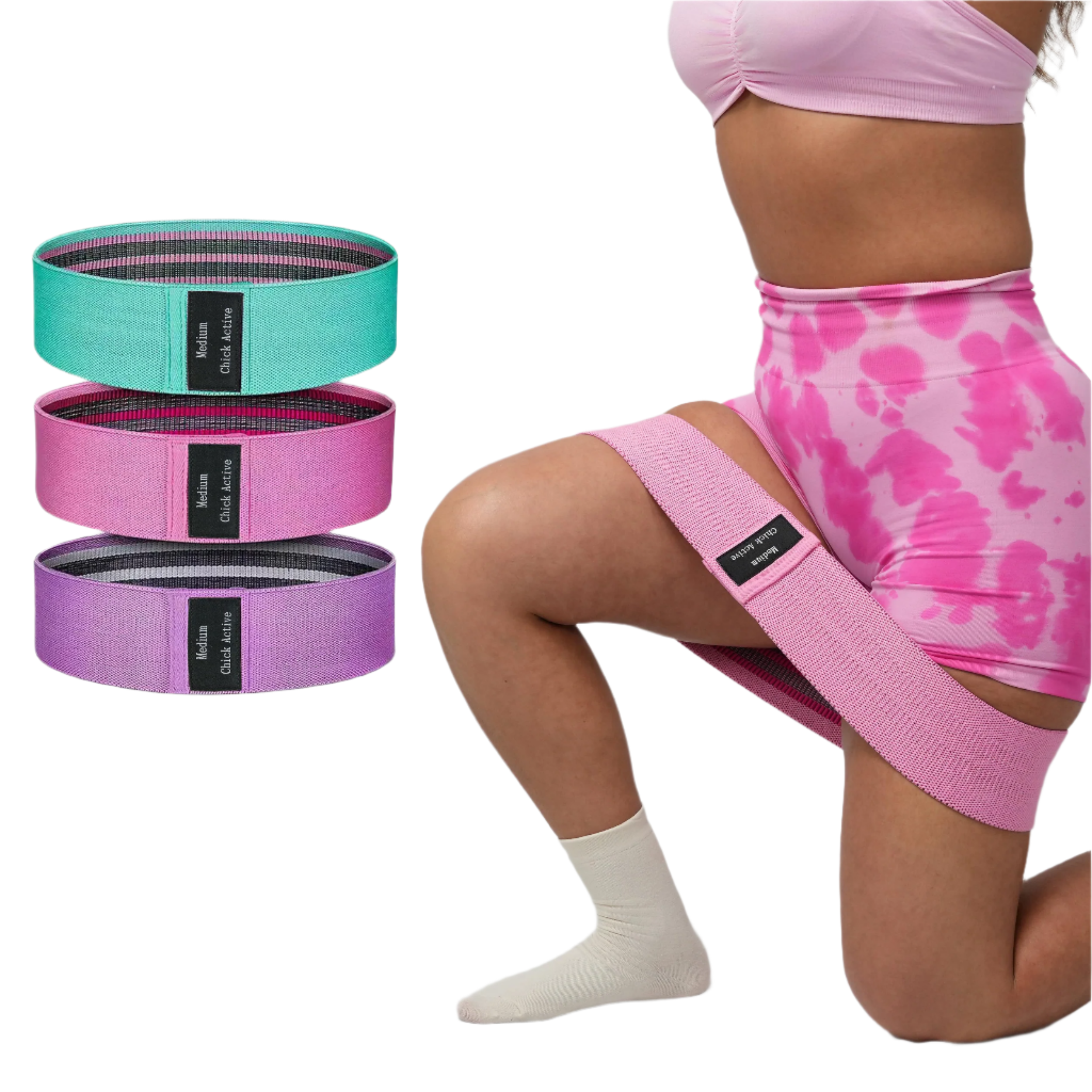

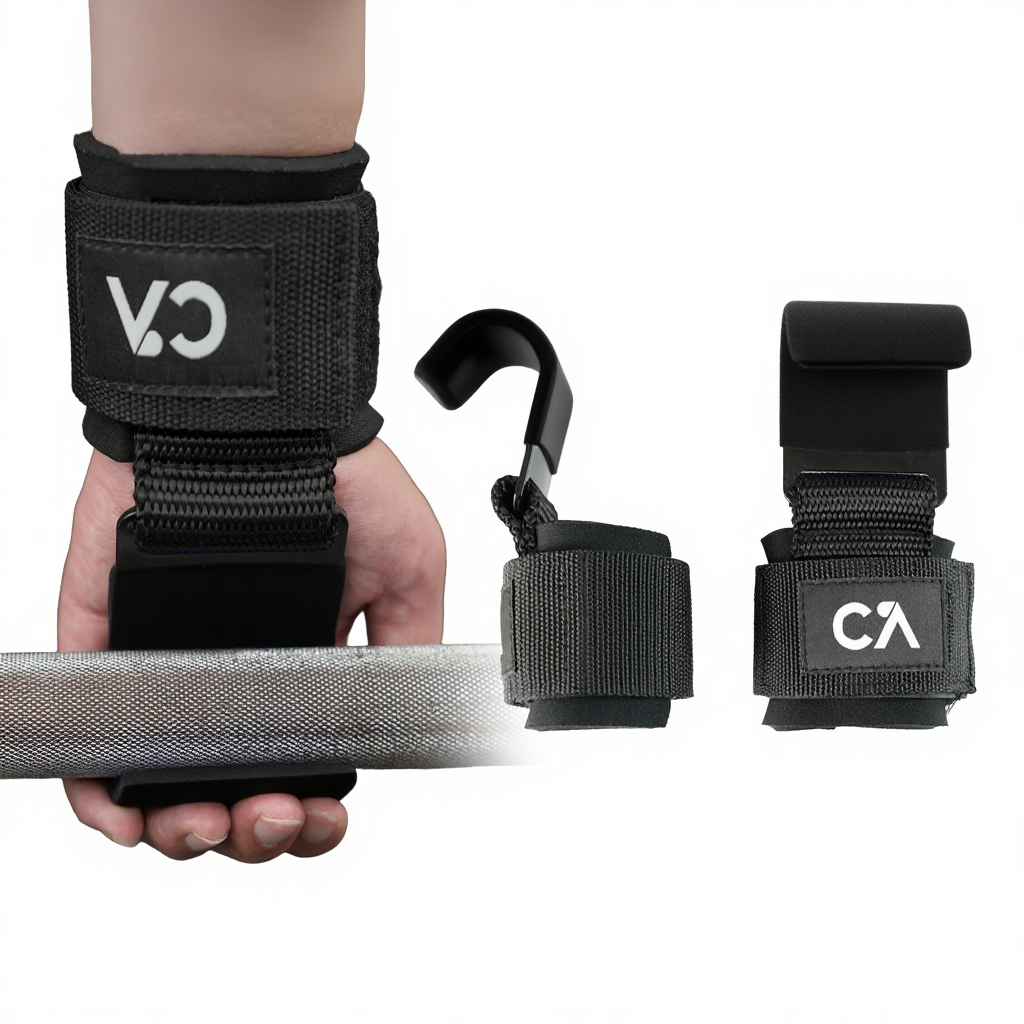
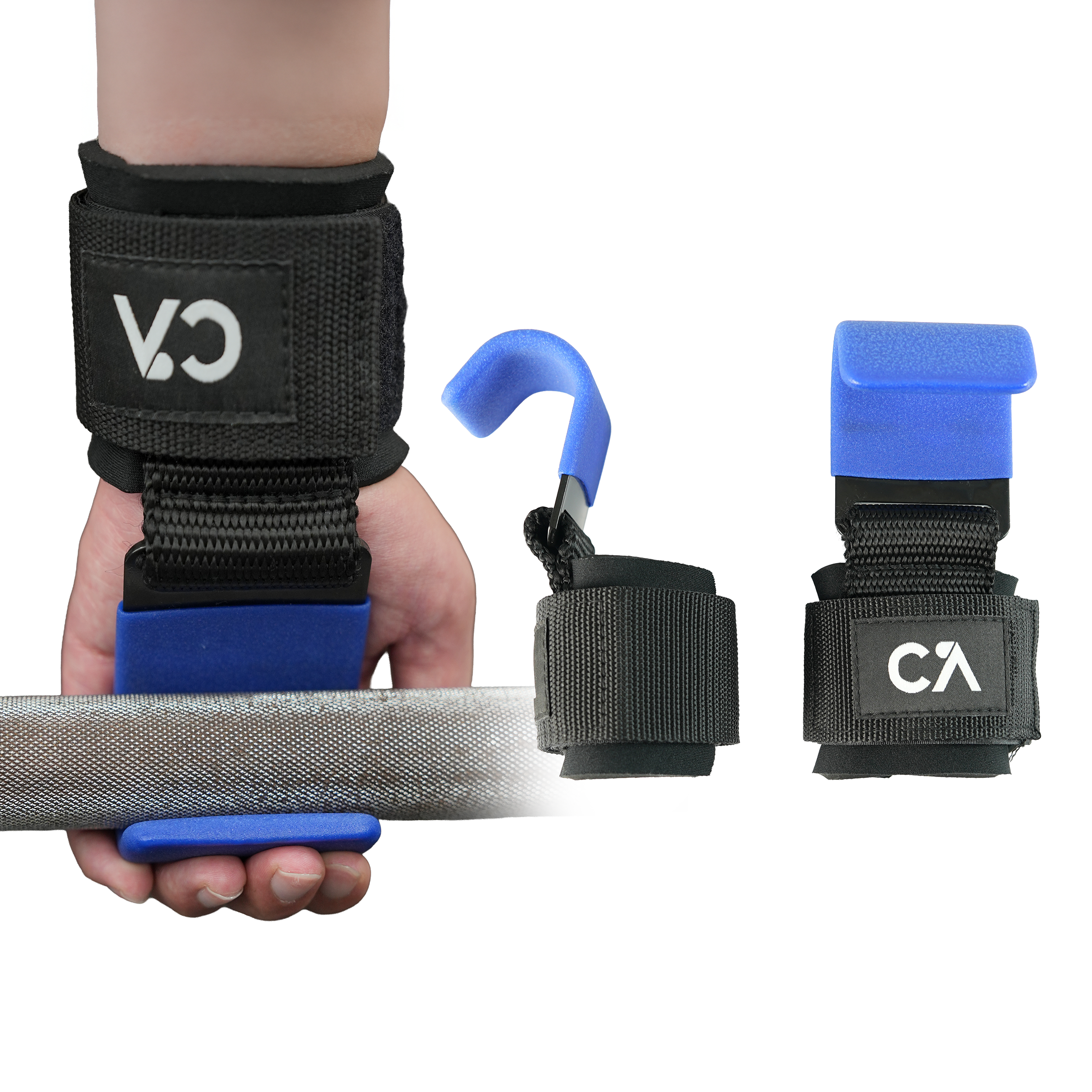
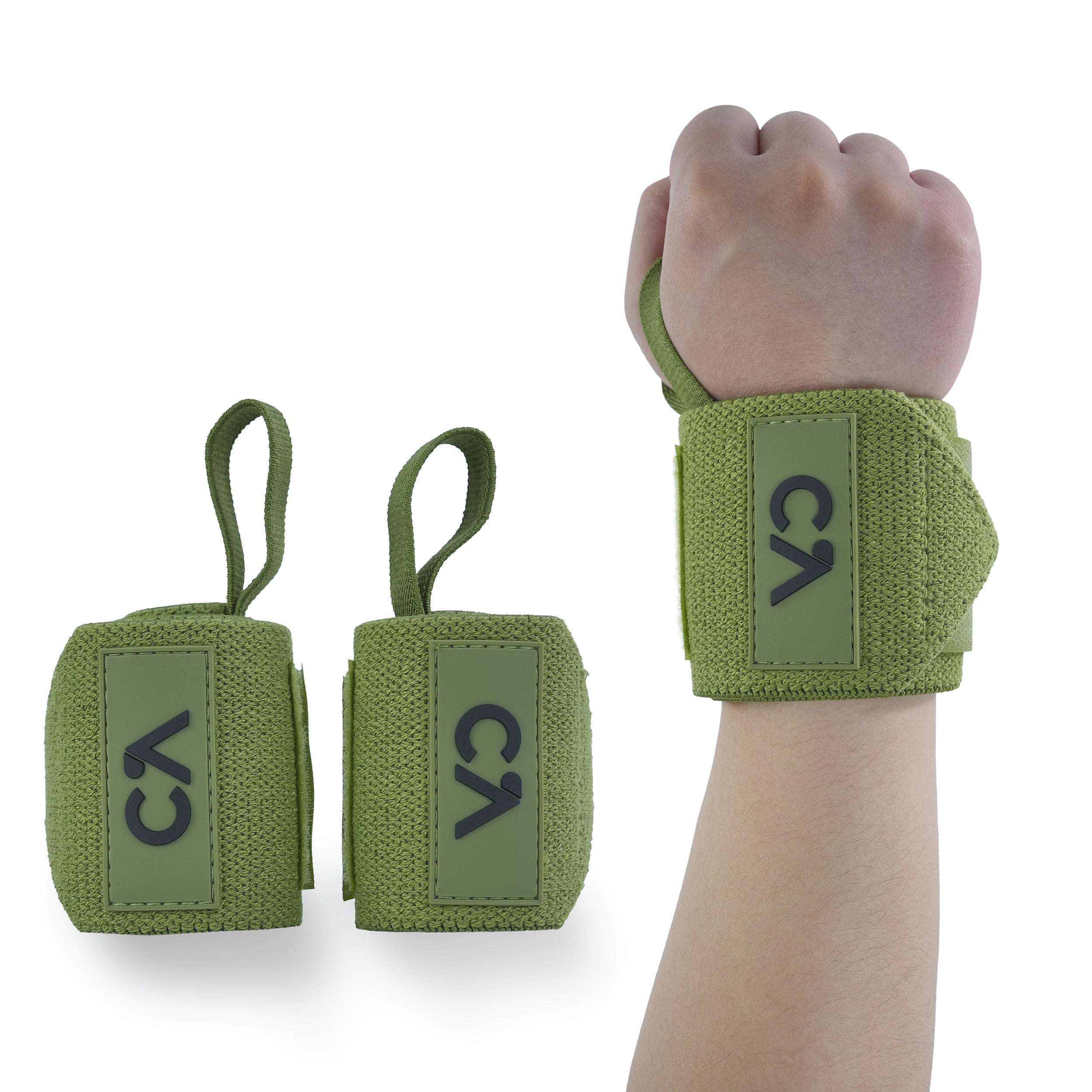
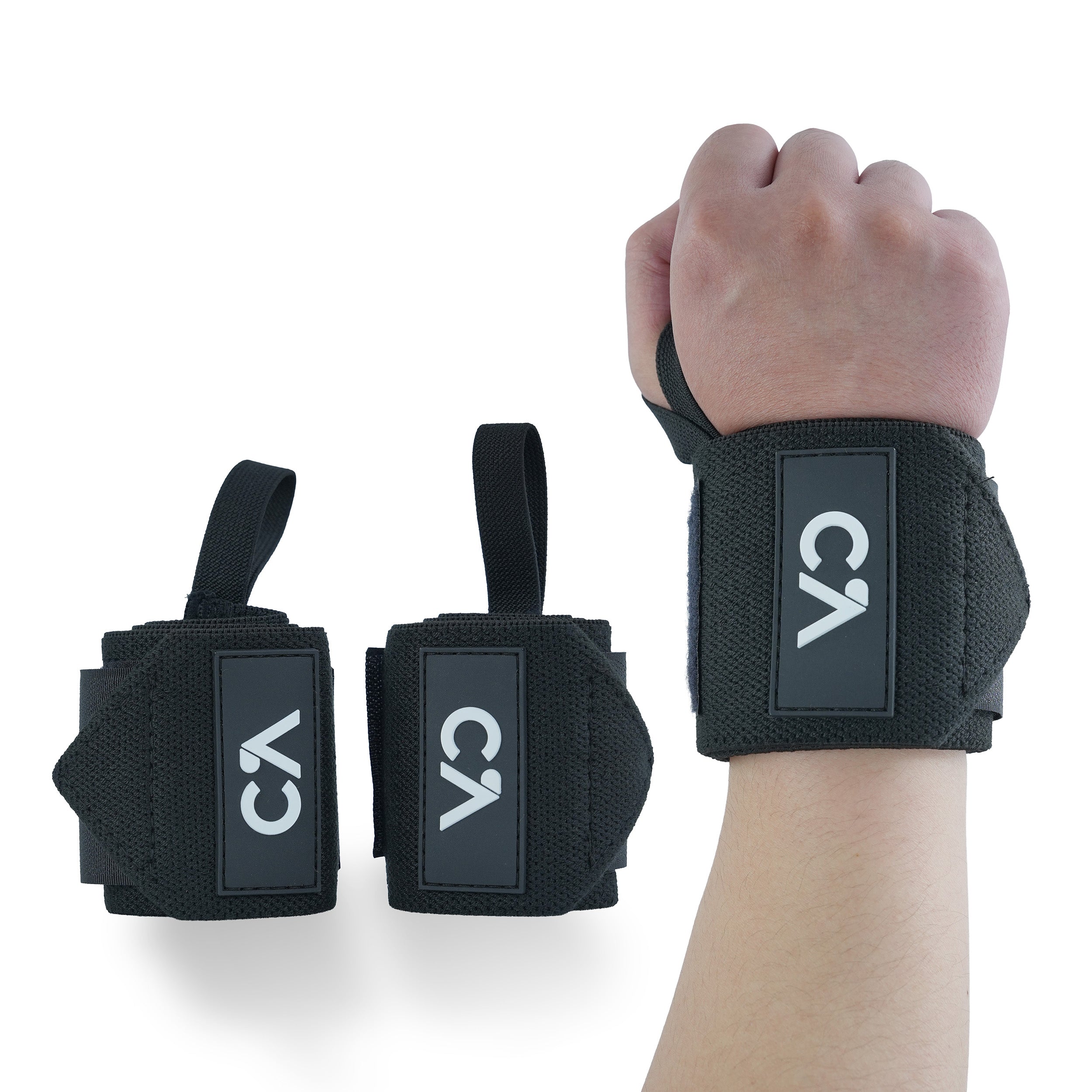
Leave a comment
All comments are moderated before being published.
This site is protected by hCaptcha and the hCaptcha Privacy Policy and Terms of Service apply.